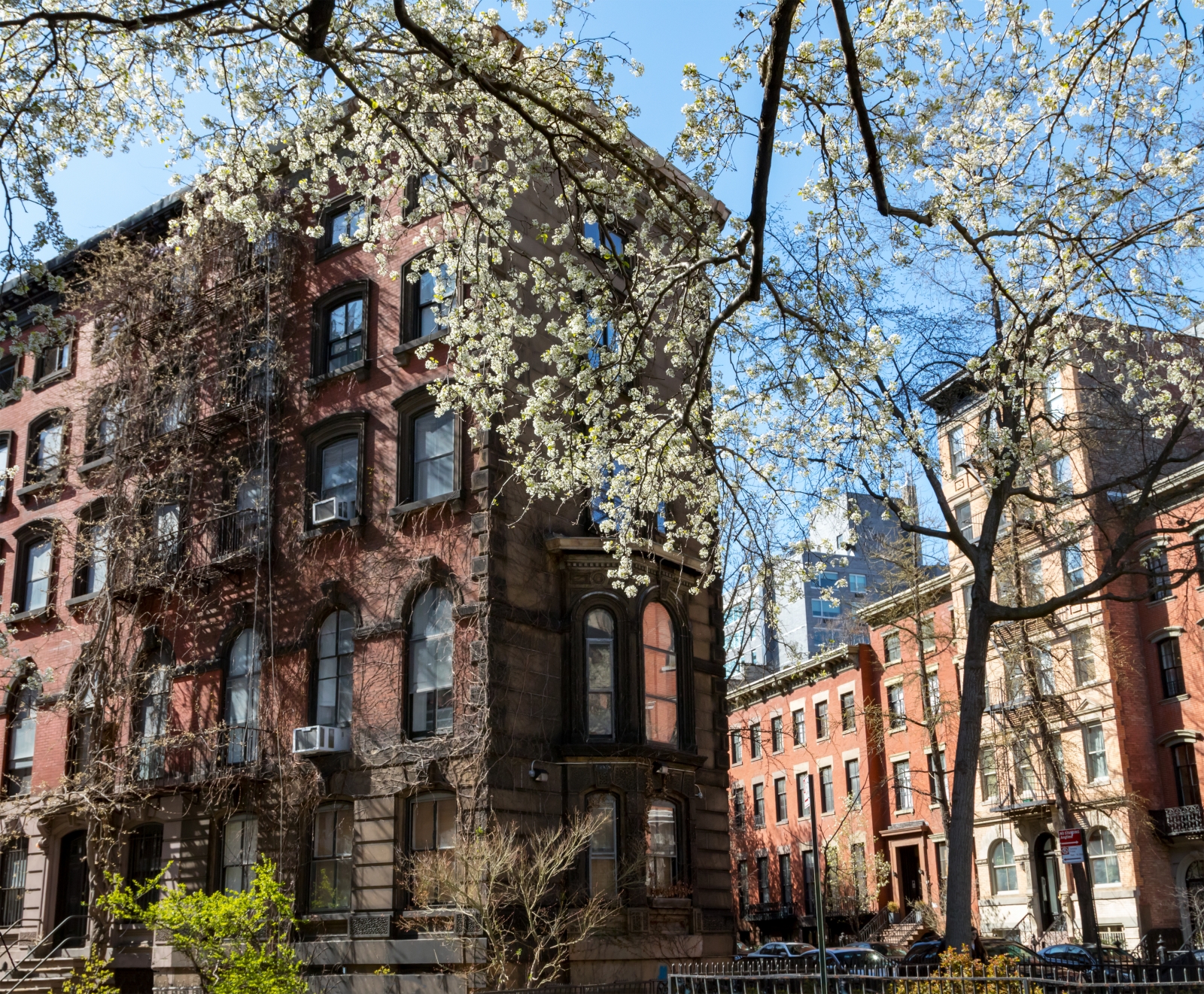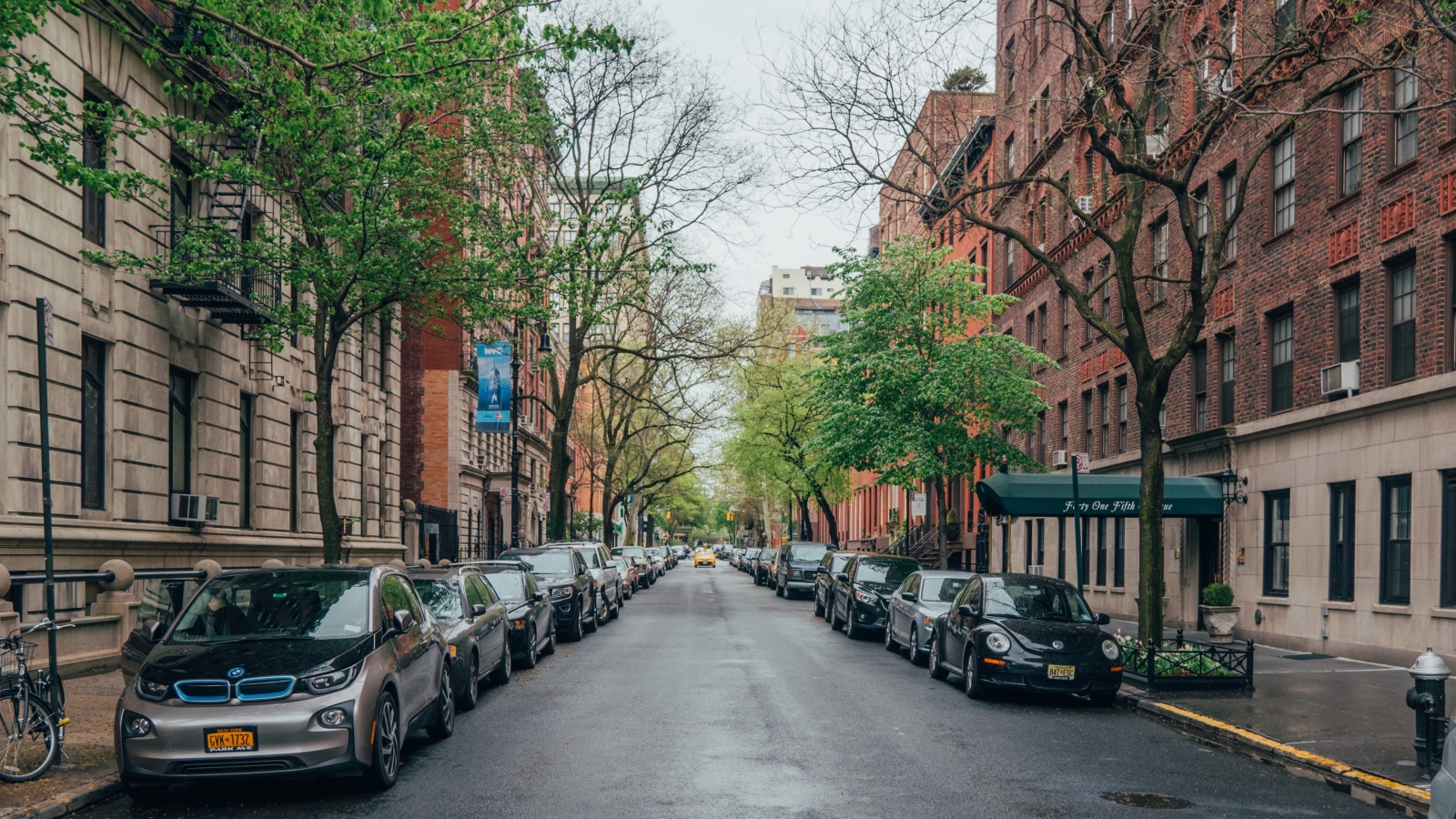Moving in NYC
Learning your way around a New York City neighborhood is trickier than it seems. Almost as soon as we arrive in a new place, we tend to create routines, which may be comforting but work against the goal of discovery. The key to getting oriented in a neighborhood — both before and after you move — is to constantly mix things up.
Getting to Know a Neighborhood Before You Move There
In a city like New York, the immediate neighborhood — essentially what’s within a two- or three-block radius of your building — will have as great an impact on the quality of your life as your apartment itself. So it’s crucial to take a thorough, inquisitive look around before you settle on a new home.
Above All, Think of the Train
It should go without saying, but familiarize yourself with the subway line (or lines) that will be your connection to the rest of New York City. What’s the reputation of the line? Are there express stops nearby, or only local ones? Does it take you not just to work, but to see friends or catch a show? Is the nearby station scheduled for a lengthy shutdown in the near future? Does the closest line have a cute (read: alarming) nickname like the “Never” (N) or the “Rarely” (R)?
The Stuff of Life: Shops, Restaurants and Bars
After you visit a prospective apartment, walk to the nearest two commercial strips and note what businesses are there. (Often commercial strips will be in opposite directions, and they can be very different, so seeing one isn’t enough.) Visit the closest two grocery stores, and see how you like them. Do they have good cheese? Fresh fish? Low prices? Where’s the closest bodega? Is there a laundromat or a dry cleaner nearby?
Restaurants and bars naturally rank high on the list of factors New Yorkers use to judge a neighborhood, but don’t base your assessment on one or two well-known places. You’ll want a range of eating and drinking options near where you live. So, how decent does the closest pizza joint look? Is there a good place for a late-night snack? For morning bagels? How far will you have to trudge for a decent cup of coffee? The presence (or lack) of adult-beverage purveyors is important to consider, too, though there’s usually at least one good bar in every NYC neighborhood. (Which does not mean one will be close to every apartment.)
One thing you should always do when evaluating a new part of the city: Enter your building address into Grubhub or Seamless, and see what your options would be for food delivery. Do the same thing after 11 p.m. Skipping this step and signing a lease on an otherwise fine-seeming apartment may produce searing pangs of regret on the first cold and rainy fall night.
Park It
New York City is full of parks, but what qualifies as a “park” can vary widely. One might be a vast green expanse that invites you to picnic; another might be a blacktop basketball court, or a small playground, or a series of benches set adrift in the middle of a traffic-clogged boulevard. It’s best to figure out how far you’ll need to go to find green space/sporting areas/a jungle gym before you move.
Book Learnin’
As every public school parent knows, school assignments can get notoriously complicated in NYC, so consider all the implications on your children’s education before you settle on a new address. Also note the proximity of important community hubs: the local library branch, swimming pool, community center, etc.
In general, don’t assume a new neighborhood will have what you need, or that what it does have will suit you. New York is a big city (you may have heard this before), but not everywhere has everything. Check before you choose.
Getting Oriented in a Neighborhood After You Move There
After you’ve arrived in your new neighborhood, your familiarizing task is twofold: meeting people in your new home, and learning its landscape and features.
Howdy, Neighbor!
The best way to meet your neighbors, beyond saying hello when you see then, is to invite them over. Throw a housewarming party — it doesn’t have to be fancy — and don’t just invite your friends. Urge your neighbors to come over for a snack and a drink, too. Even if you don’t think they’ll come, inviting them in will introduce you as a courteous person who looks out for others and deserves the same consideration. You’re going to share walls and hallways and elevators with these people; it’s good to have them on your side.
(Try to) Be a Joiner
Another strategy for getting acquainted with people in your neighborhood is to join (or try out) a local club or organization. Maybe it’s a compost-collecting group, or a book club, or a Sunday afternoon dominoes game. It could be your local community board. But getting involved with something unique to your neighborhood — but outside your building itself — will make you feel more like a real, live human in a real, vibrant place, and less like a creature who sleeps alone in a tiny box between days on the merit-producing machine. Other humans do tend to have flaws, but knowing a few of them in your neighborhood will help you feel like you belong there, no matter how bad you are at dominoes.
Try Everything Once, and Cross the Street
To be a real New Yorker is to know the city, and to be a true denizen of a neighborhood is to know its possibilities and landscape intimately. Upon arriving in a new place, you’ll likely try to settle into a routine: morning coffee here, after-work drink there, Thai delivery from the place on the corner. Resist this urge as long as you can. During the brief period when you feel truly new to a neighborhood, try as many of its offerings and establishments as you can. Try the pizza place with the ugly sign. Try the grocery store past the one that’s closest. Try the other bodega. Try everything. Then when you inevitably do settle into a routine, you’ll know what you’re missing — and how to mix it up.
This goes for the physical landscape too: You may be stunned to realize how different a neighborhood looks from just the other side of the street. So cross it. Get to know every entrance and exit to your local subway station. Wander down the side streets, not just the main ones. If travel in your neighborhood goes mostly north and south, walk east and west and see what you find.
Above all, do not settle. The promise of New York is that there’s a surprise around every corner — and there usually is. But you have to find it. And once you’ve walked down all the streets, and tried all the bodegas and slice joints and coffee shops in your neighborhood, and gotten really good at dominoes?
Well, then it might be time to move somewhere new.
—
Hey, why not like StreetEasy on Facebook and follow @streeteasy on Instagram?










